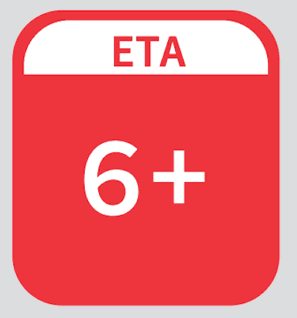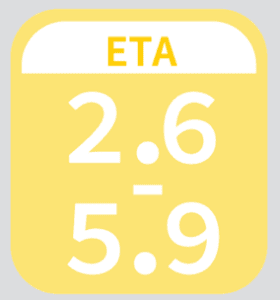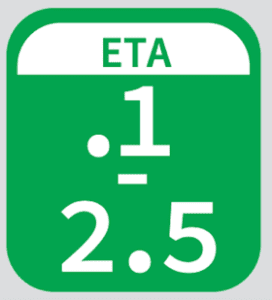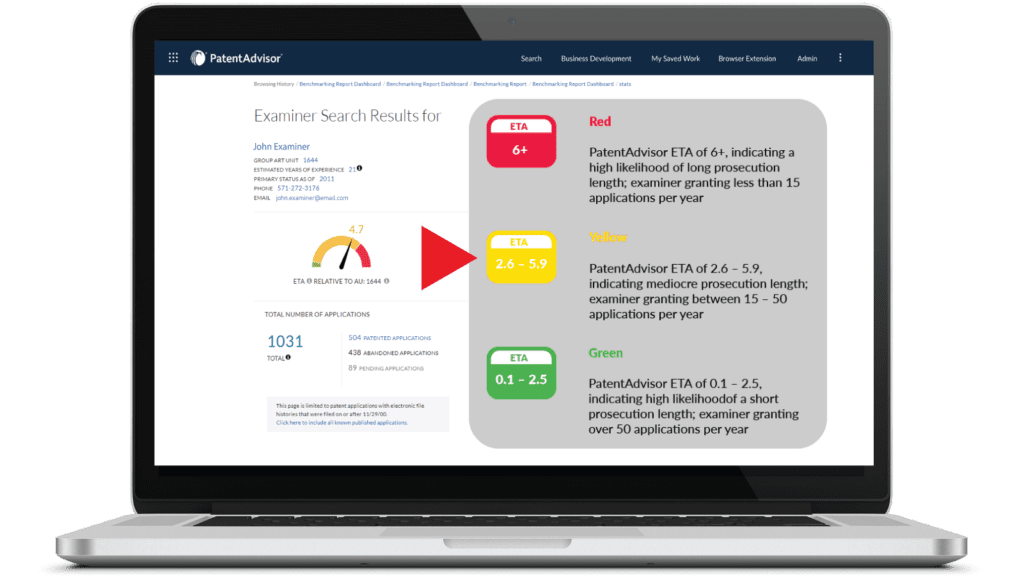
Anticipate Examiner Behavior for Better Prosecution Outcomes
Visualize your examiner performance and tailor your prosecution strategy with PatentAdvisor™ Examiner Time Allocation (ETA™).
Predict both the likelihood and difficulty of obtaining a patent
Many commonly used patent statistics fail to account for important examiner-specific information and actions examiners have taken on pending patent applications, but these actions are an important part of the calculation. With variability at every level of the USPTO, PatentAdvisor ETA algorithm yields a more comprehensive and reliable measurement of examiner difficulty.

Know when to build your strongest approach and when to appeal
PatentAdvisor ETA is an exclusive metric based on a proprietary algorithm measuring how an examiner behaves. It is a predictive indicator of prosecution length that can easily identify cases requiring extra care and enable a more carefully crafted prosecution strategy.
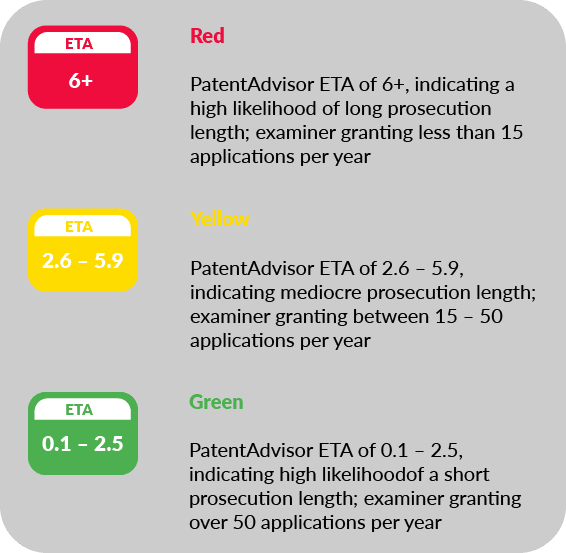
Instantly identify your favorability with color-coding
PatentAdvisor ETA scores are displayed in easy-to-understand color categories that identify whether you have been assigned a favorable or less favorable examiner.
- Red = Inefficient, less experience, granting less than 15 applications per year, on average.
- Yellow = In between, somewhere in the middle
- Green = Efficient, lots of experience, granting over 50 applications per year, on average.
Related Resources

3 Reasons PatentAdvisor Examiner ETA™ Is Better Than Allowance Rate
Examiner’s allowance rate can help understand an examiner’s history, but patent analytics can predict an examiner’s future behavior.

What To Do After a Final Office Action
Patent examiner data and statistics can help patent practitioners develop well-informed strategies after receiving a final office action.

Patent Analytics for Predictions, Performance and Evaluations
Sophisticated patent analytics enable users to make accurate predictions about patent examiner behavior and conduct performance evaluations.

How to Compare Patent Prosecution Performances
The LexisNexis® PatentAdvisor® patent prosecution platform can be used to easily compare patent prosecution performances.




